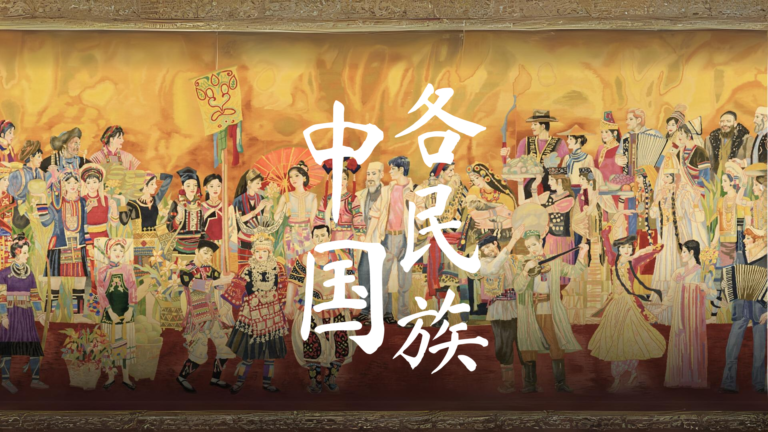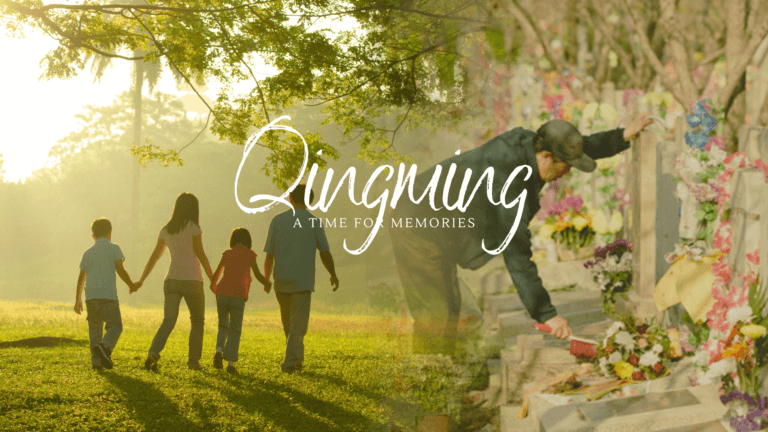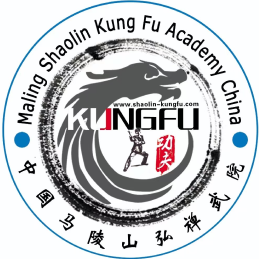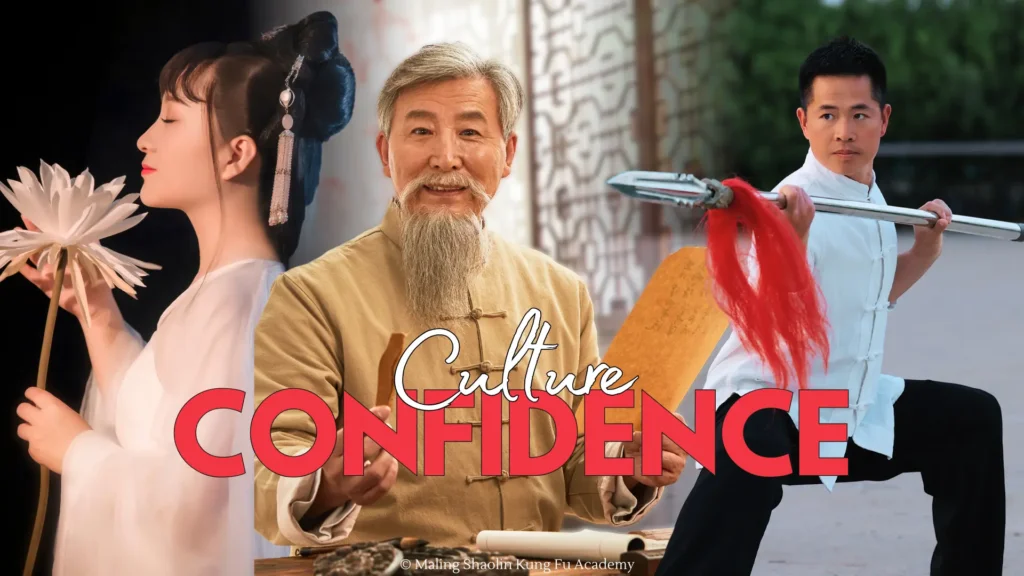
China’s Cultural Confidence Movement has been gaining momentum in recent years, driven by a desire to reassert the nation’s cultural identity and heritage in a globalized world. This movement emphasizes the importance of embracing and promoting traditional Chinese culture, practices, and values, contrasting with a history of adopting Western or foreign influences. The term “cultural confidence” reflects a growing sense of pride and belief in the intrinsic value of Chinese culture, aiming to bolster national unity and global recognition.
Historical Context

Cultural confidence in China isn’t a new concept. It has its roots in the country’s long history and civilization, which boasts thousands of years of continuous development. However, modern cultural confidence has become particularly significant against the backdrop of the 20th and 21st centuries. After periods of foreign domination, internal strife, and rapid modernization, China now seeks to re-establish its cultural narrative. The movement has gained official support from the government, with President Xi Jinping frequently emphasizing the importance of cultural self-assurance as part of China’s broader national rejuvenation.
Principles and Goals
The Cultural Confidence Movement aims to:
- Reinforce National Identity: By promoting traditional Chinese values, customs, and symbols, the movement seeks to strengthen the national identity and foster a sense of unity among the Chinese people.
- Preserve Cultural Heritage: Efforts are being made to protect and revive traditional arts, crafts, languages, and practices that have been overshadowed by modernization and Western influence.
- Promote Cultural Exchange: While fostering cultural confidence domestically, China also aims to share its rich cultural heritage with the world, enhancing its soft power on the global stage.
- Encourage Modern Application: The movement encourages integrating traditional Chinese culture with modern life, ensuring that ancient practices remain relevant and meaningful in today’s society.
Key Areas of Focus
- Language and Terminology: There is a push to use traditional Chinese terms instead of foreign equivalents. For example, instead of using the Japanese term “dojo” for a martial arts training center, the Chinese terms 武馆 (wǔ guǎn) or 武堂 (wǔ táng) are promoted.
- Traditional Clothing: Reviving traditional Chinese clothing, such as the Hanfu, is a significant part of the movement. This not only includes everyday wear but also cultural ceremonies and public events.
- Cuisine: There is a renewed emphasis on traditional Chinese foods and their unique terminologies. For instance, dishes like 饺子 (jiǎozi), 包子 (bāozi), and 粽子 (zòngzi) are celebrated for their cultural significance, rather than being simplified to “dumplings” or other generalized terms.
- Arts and Crafts: Traditional Chinese arts, including calligraphy, painting, and opera, are being actively promoted and preserved. This also includes traditional festivals and their associated customs.
- Martial Arts: Traditional Chinese martial arts, such as Kung Fu, are promoted both as cultural heritage and a means of physical and mental discipline. Modern adaptations that reflect the principles of Buddhism, like modifications in techniques to prevent serious harm, are also emphasized.
The Importance of Cultural Representation for Chinese People
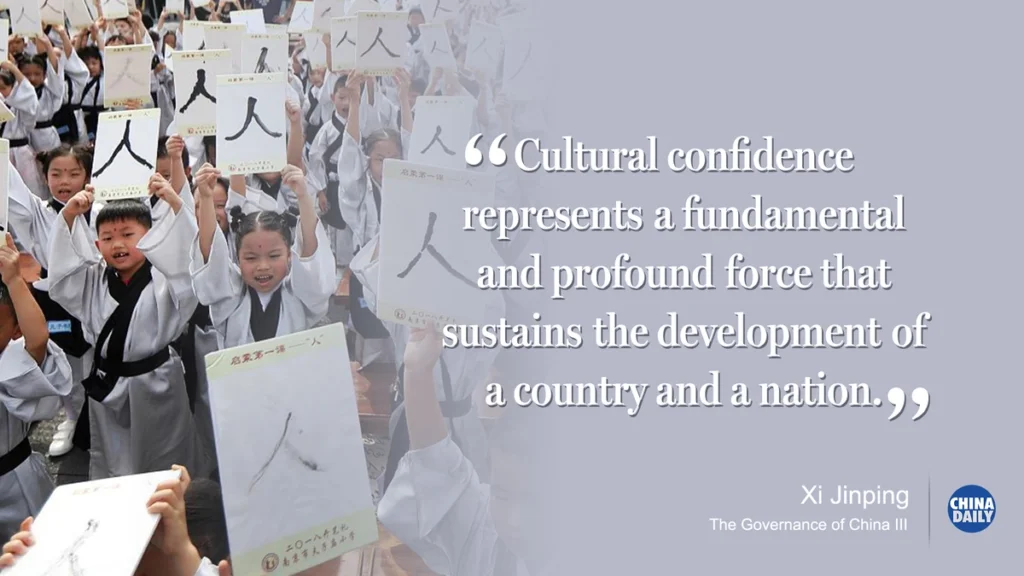
Cultural Representation and Identity
For Chinese citizens, particularly children, seeing representations of their traditional ways of life, cuisine, vocabulary, and ethnic traditions is crucial for several reasons:
Building Cultural Identity
Exposure to one’s cultural heritage helps build a strong sense of identity. It allows children to understand and appreciate their history, values, and traditions. This foundation is essential for fostering pride and self-esteem, which are vital for personal and social development.
Preserving Traditions
With rapid modernization, traditional practices and languages are at risk of being lost. By maintaining and promoting these traditions, children learn to value and carry forward their cultural heritage, ensuring its survival for future generations.
Countering Homogenization
Globalization often leads to cultural homogenization, where dominant cultures overshadow others. Emphasizing traditional Chinese culture helps maintain cultural diversity and richness, offering children a more balanced worldview.
Parallels with Other Cultural Movements
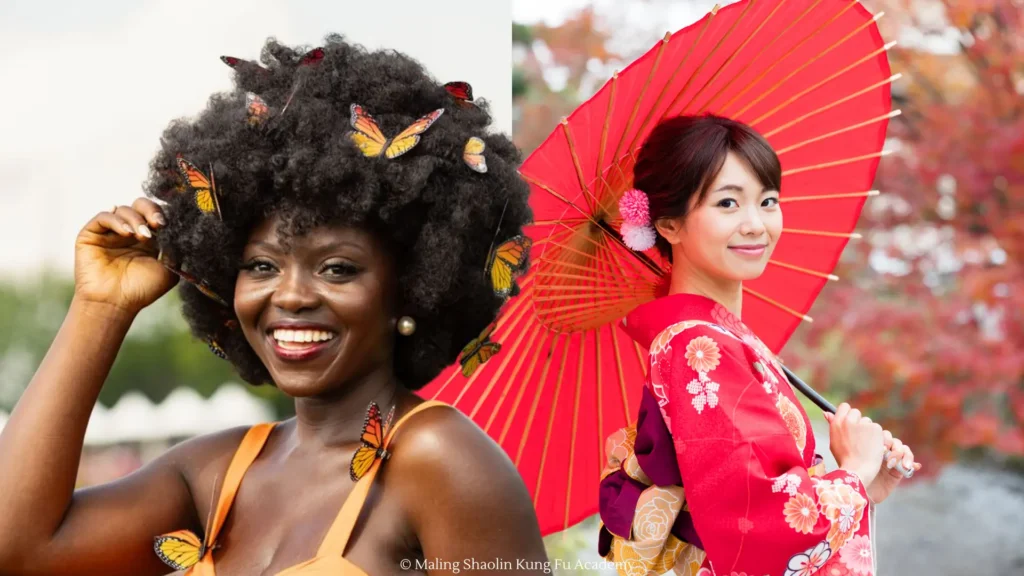
This emphasis on cultural representation is not unique to China. Similar movements can be observed in various parts of the world:
Black Cultural Movements in the West
In countries like the United States, there has been a significant push towards embracing traditional African names, hairstyles, and cultural practices. This movement aims to combat the historical erasure and misrepresentation of Black culture, promoting pride and self-acceptance among Black youth. Such efforts are essential for challenging stereotypes and fostering a sense of belonging and empowerment.
Resurgence of Traditional Practices in Japan
Japan has also experienced a resurgence in traditional practices and cultural expressions. Efforts to revive traditional arts, festivals, and clothing, such as kimono making, tea ceremony, and ikebana (flower arranging), reflect a broader desire to reconnect with cultural roots. This resurgence helps maintain cultural heritage and promotes national pride and cohesion.
Global Revival of Traditional Crafts
Around the world, there is a resurgence of traditional practices. In the UK, traditional bookbinding is being preserved by organizations like the Society of Bookbinders. In the US, the farm-to-table movement is revitalizing traditional cooking practices, with chefs like Alice Waters of Chez Panisse advocating for locally-sourced, sustainable food. Italy sees a revival in artisanal hat making with renowned milliners like Borsalino. In France, traditional stained glass making is celebrated and preserved by ateliers like Atelier Simon Marq.
Benefits for International Chinese Communities

For Chinese people living abroad, cultural representation is equally important:
Combating Stereotypes and Stigmas
International Chinese communities often face stereotypes and stigmas related to their food, language, and educational practices. Promoting cultural confidence helps challenge these misconceptions, fostering a more accurate and respectful understanding of Chinese culture.
Strengthening Community Ties
Cultural practices and traditions serve as a common ground for Chinese communities abroad, strengthening bonds and providing a sense of solidarity. Celebrating traditional festivals, cuisine, and language helps maintain connections to their heritage and supports community cohesion.
Educational Benefits
Exposure to cultural heritage in educational settings enriches the learning experience for Chinese children abroad. It broadens their perspectives and instills a deeper appreciation for their roots, enhancing their overall educational journey.
Impact and Global Perception
The Cultural Confidence Movement has had a significant impact on both domestic and international fronts. Domestically, it has fostered a stronger sense of national pride and cultural identity among the Chinese populace. Internationally, it has contributed to a more nuanced understanding of China, beyond its economic and political dimensions, showcasing its rich cultural legacy.
The movement has also sparked discussions about cultural preservation and adaptation in other countries, highlighting the balance between maintaining traditional heritage and embracing modernity.
Conclusion
China’s Cultural Confidence Movement is a profound expression of the nation’s desire to reconnect with its roots and assert its cultural identity on the global stage. By promoting traditional practices, language, and values, China is not only preserving its rich heritage but also inspiring a global appreciation for its cultural contributions. As the movement continues to grow, it serves as a testament to the enduring relevance and vibrancy of Chinese culture in the modern world.
In our blog, we will start using traditional Chinese terms such as wu guan (“wǔ guǎn;” meaning martial arts studio/dojo), among other words, to align with this cultural confidence movement. This will help in promoting a better understanding and appreciation of the unique aspects of Chinese culture.
Stay tuned for a future Chinese Vocabulary list!
Read More:
Cultural confidence entails cultural openness, China Daily
‘A new culture for our times’: China eyes further advancement in cultural prosperity, CGTN News
Figures from the past have modern appeal, China Daily
China Focus: Cultural confidence glows via new Chinese-style fashion trend, Guangming Online
Artisans build more complete picture of China, China Daily
Focus on cultural development and diversity, China Daily



